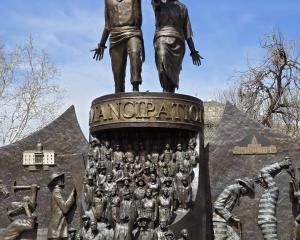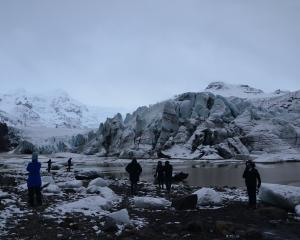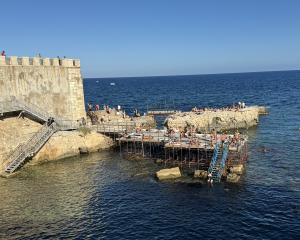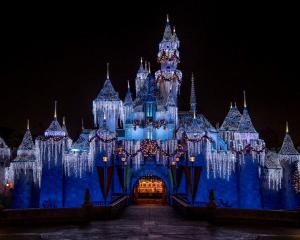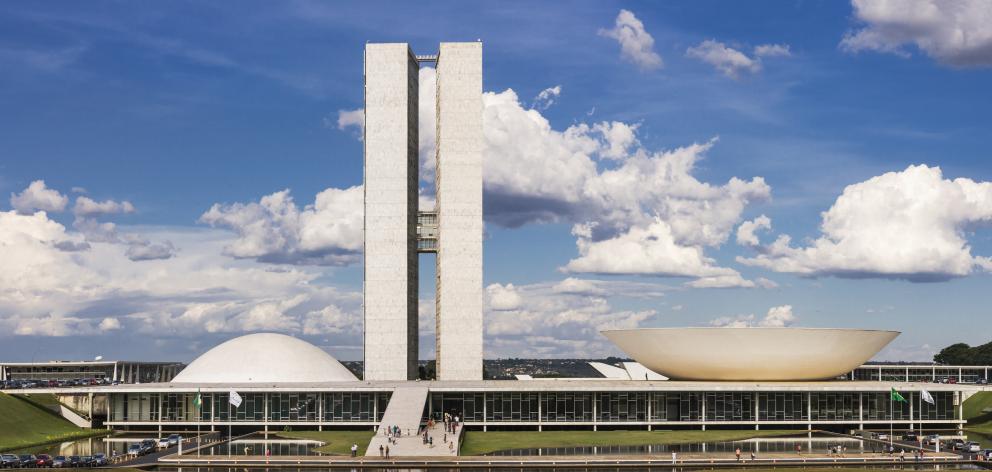
During a brief visit to Rio de Janeiro, taking in Sugarloaf Mountain and Copacabana and Ipanema beaches, and dutifully drinking cool caipirinhas, my heart was really elsewhere — 1200km inland to Brasilia in the central plateau, to be precise. It wasn’t sand, samba and rainforests I was after, but clean modernist lines and reinforced concrete laid out on the Cerrado (the country’s vast tropical savannah).
I was first smitten by the great modernist architect Oscar Niemeyer, who died eight years ago at the age of 104, when I saw pictures of his Niteroi Contemporary Art Museum in Rio de Janeiro, completed in 1996. With its red, snaking access walkway and saucer-shaped gallery, it looks like something out of a 1960s sci-fi film. Niemeyer was a sort of Brazilian Le Corbusier (with whom he worked) and the more pictures I saw of his exotic modernism and the more I read about his socialist utopian vision, the more I wanted to see them. No-one else has quite matched his free-flowing designs, their sculptural quality, the way they seem to float free of the ground. Niemeyer was all about the "sensual curve", inspired as much by Brazil’s landscape as the female form. "Right angles don’t attract me. Nor straight, hard and inflexible lines created by man," he once wrote.
While I was in Rio, I met Niemeyer’s great-grandson. Paulo Niemeyer is an architect and designer himself and president of the Niemeyer Institute, and he showed me around the stunning two-storey Casa das Canoas, the concrete-and-glass family home that Niemeyer designed in 1951, on a hillside in the southwest of the city surrounded by the Tijuca rainforest (the building is now closed for renovation). Paulo hoiked me up on to the sinuous white slab roof to show me how as a child he used to jump into the pool, careful to avoid the large granite rock that the house is built around.
This is a good year to visit Niemeyer’s work since it marks the 60th anniversary of the inauguration of Brasilia, the gleaming new capital of Brazil master-planned by Lucio Costa and designed by Niemeyer, built from scratch in barely four years and completed in 1960. I finally had my chance to visit the mother lode.
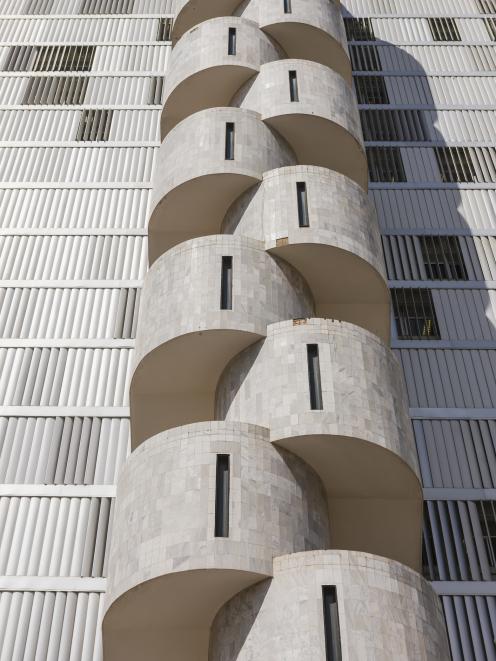
If Rio is a creased duvet with the built environment and nature entwined in its folds, then Brasilia is a crisp white sheet laid neatly across the savannah bed. When I flew over the city I could easily pick out the three criss-crossing arches of the Juscelino Kubitschek Bridge and Costa’s famous aeroplane layout (back then a symbol of progress and modernity; how times can change) with the residential buildings as its wings, the monuments its fuselage and government buildings as the cockpit. The city is divided into zones — residential, governmental, hotels and so on. I knew what Yuri Gagarin meant when he visited in 1961: "I feel like I’ve stepped on to another planet, not Earth".
At the stylish B hotel on the Monumental Axis, the colossal central avenue that runs east to west, you can see the vastness of the city skyline from its rooftop bar. (Another great way to see the city from above is to visit the Bento Viana Gallery south of the city, where you can see Viana’s incredible aerial shots of Brasilia.) In the Terreo restaurant, I enjoyed sumptuous scallops with black rice, asparagus and crayfish bisque and afterwards I went to see a jazz show that brought together the choro and frevo, the music of Brasilia and Recife, at the music venue Clube de Choro — yet another Niemeyer design — where 600ml bottles of Colorado Indica kept coming to our table in a bucket of ice while we watched the uplifting, high-tempo Face Musical Quarteto with the great frevo conductor, the saxophonist Spok.
The next day, Lucio took me around superblock 308, one of the neighbourhood units, to explore some of Niemeyer’s residential designs. Each is self-contained, with four six-storey apartment blocks, planted walkways, commercial streets, schools, social club, health centre and library. It’s here that you get a good idea of how Brasilia is as a liveable city. These superblocks have a pleasant neighbourhood rather than big city feel to them. We had pizza and a glass of chopp (draught beer) for lunch at Dom Bosco’s, a small Italian pizzeria that has been around since Brasilia’s inception.
I worried before I visited Brasilia that the huge expanses of space between the buildings would mean that it could be a little sterile, lacking in atmosphere, yet it’s an incredibly welcoming and open city. The bars are lively and friendly.
For an atheist, Niemeyer has made what must be one of the most beautiful churches in the world, the Cathedral of Brasilia. The economy of its structure, which has 16 parabolic columns rising as if to form a pair of hands or a crown of thorns, is simply breathtaking. The massive triangular coloured stained-glass windows appear ethereal within its embrace. Then there’s the nearby National Congress building with its H-shaped towers and cupola and dome, all adding to Norman Foster’s assessment that, "Brasilia is not simply designed, it is choreographed."
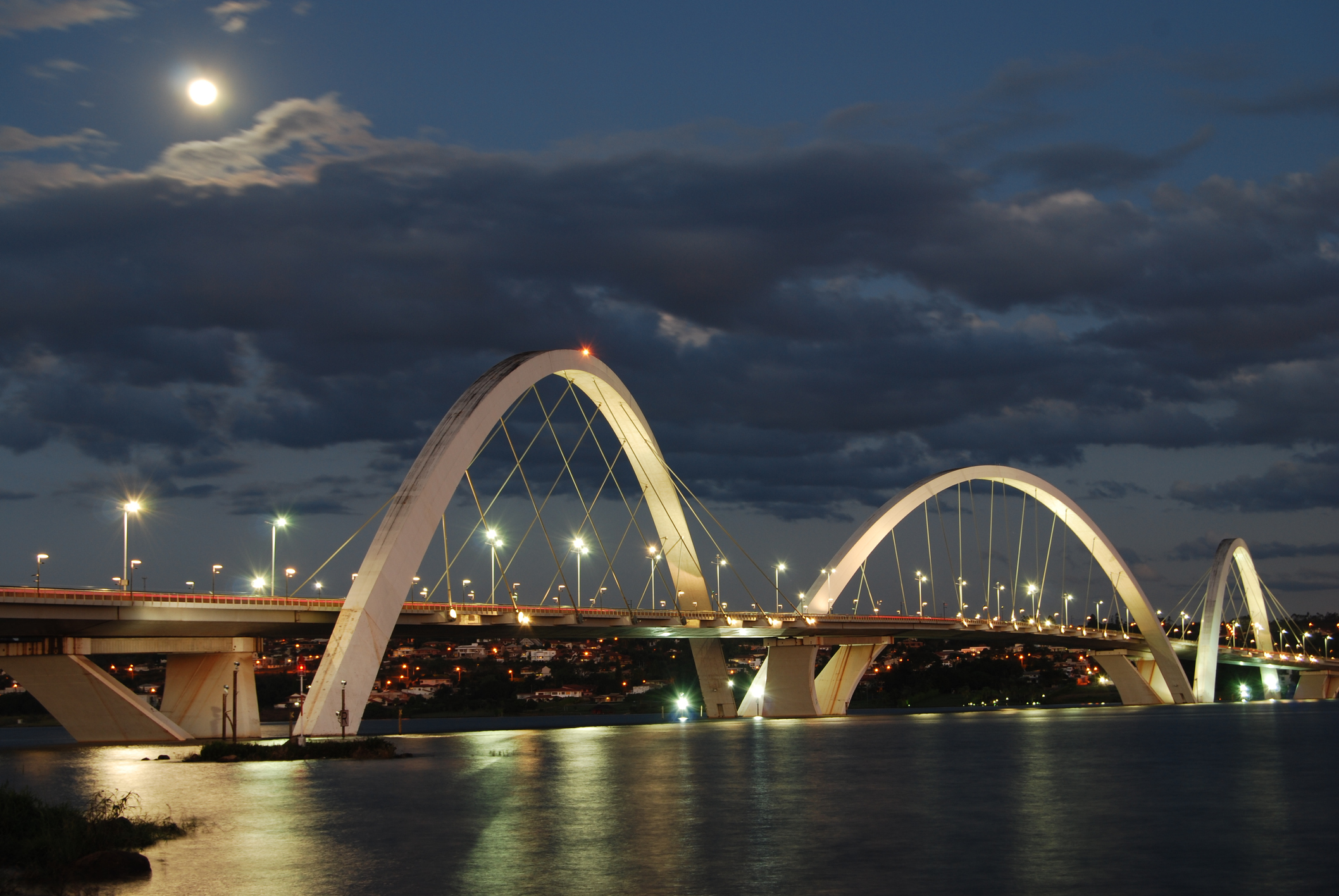
To top everything off I stayed at Niemeyer’s majestic Palace Hotel, right next to his Alvorada Palace where the president stays. Paulo told me that Oscar stayed here for the final time on his 100th birthday, stubbornly insisting on walking to his favourite room down its long corridors. My single room was small and minimalist with 1960s modernist furniture and a balcony overlooking Lake Paranoa, which is used for watersports.
At night, the hotel’s pillars dissolve and the building seems to levitate.
The criticism has been that Brasilia is a city built not for pedestrians but cars, but I found it very walkable if you have enough time there and combine it with buses and taxis. The city doesn’t disappoint — and not just in terms of its architecture. There are museums (the Banco do Brasil cultural centre is great), art galleries and parks (the botanical garden is a lovely picnic spot) as well as lively and interesting places to eat and drink. Concrete jungle? Give me the concrete savannah any day.
— Guardian News and Media




